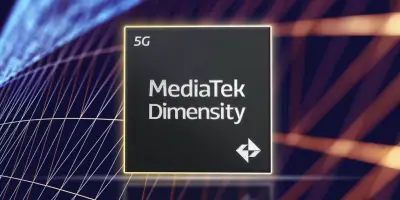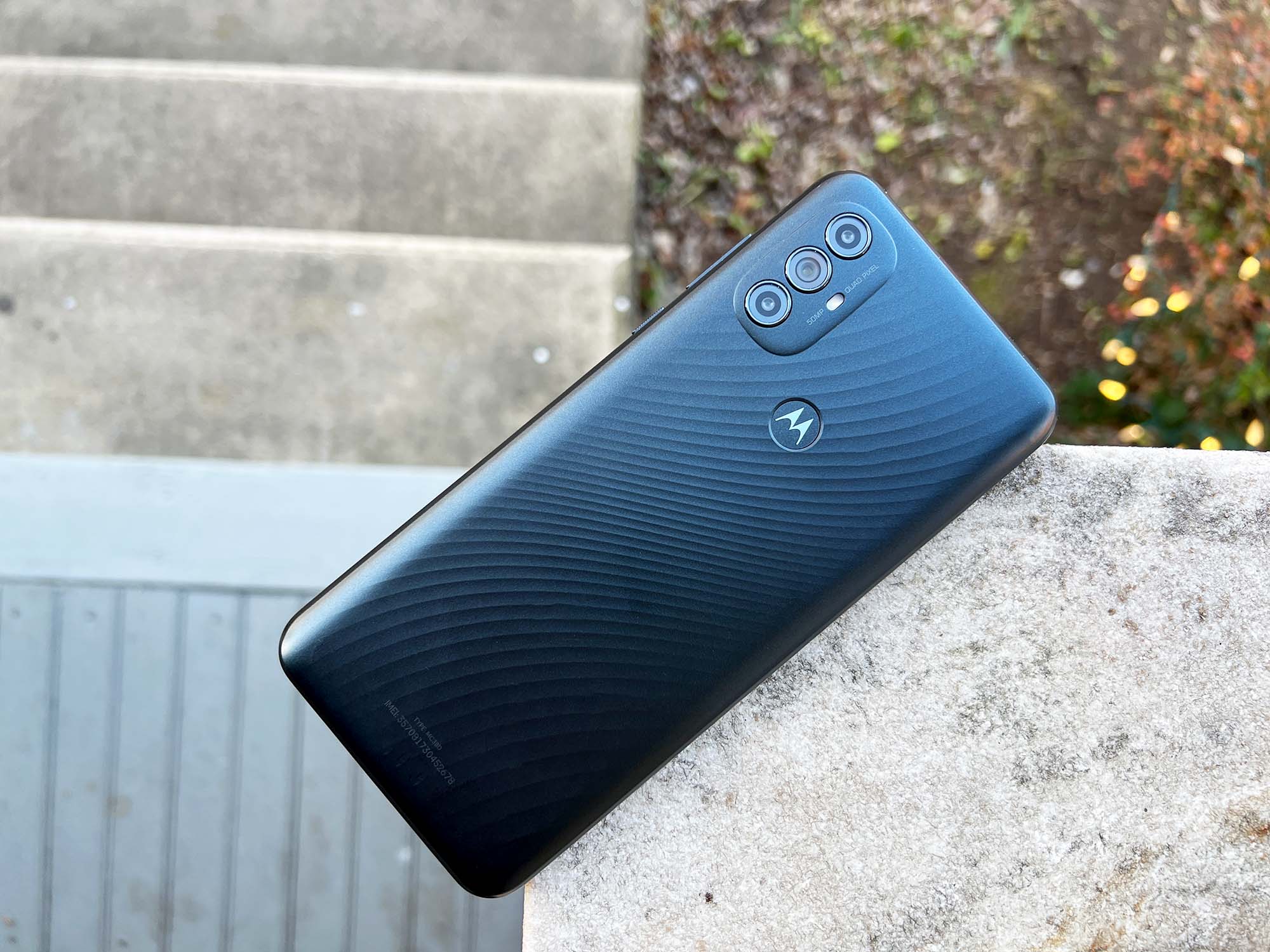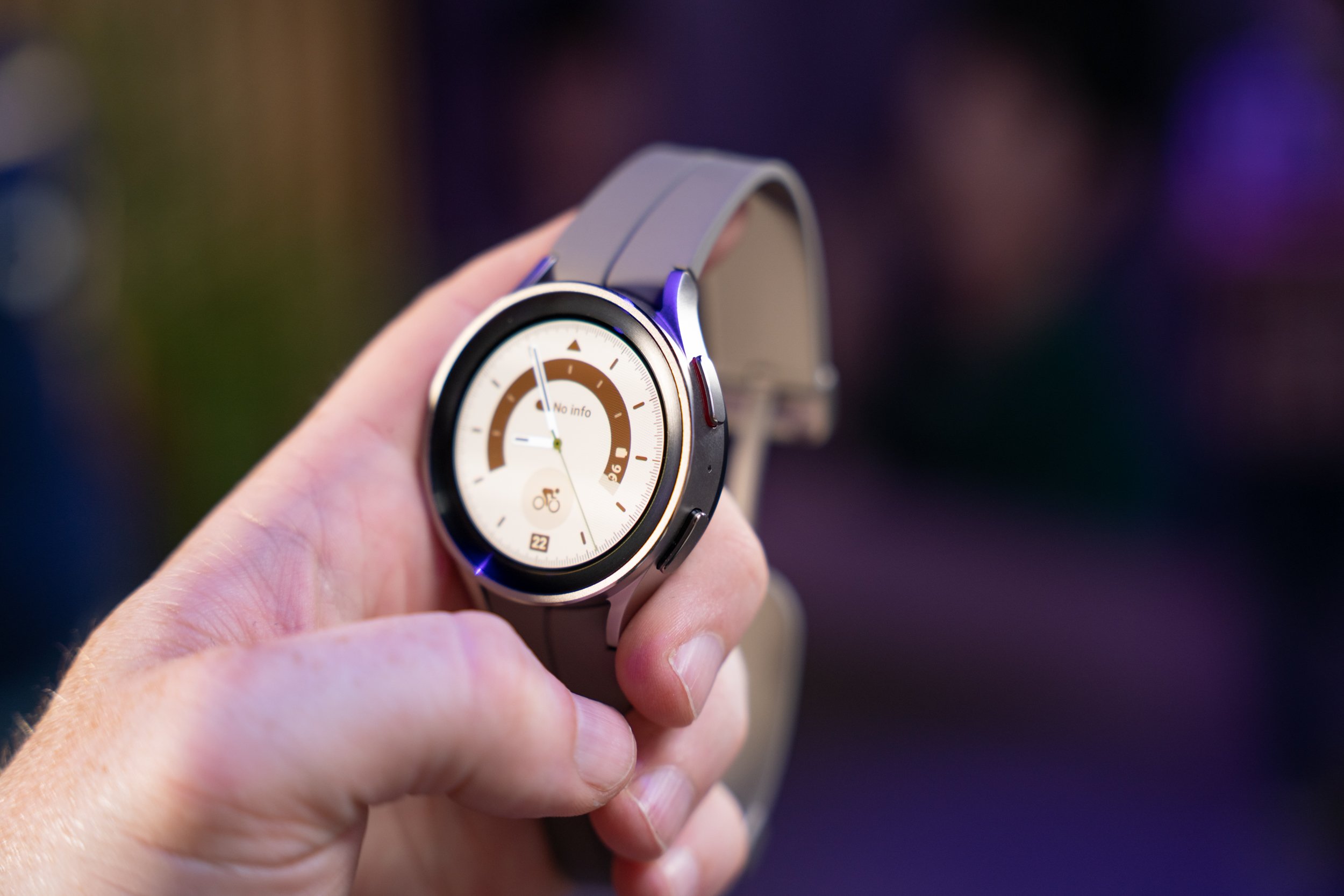![]()
Unless you’ve been living under a rock for the past few weeks, you’ve probably heard the tech world crowing about the display used in the Google Pixel 2 XL. Many tech outlets have analyzed the screen showing cases of image retention, a blue filter when viewed at an angle, and less saturated colors than we’re used to seeing on OLED screens (thanks Samsung).
Regardless of how you feel about the Pixel 2 XL’s screen, Google has taken these reports seriously and investigated and now they’re ready to share with the community what steps they’re taking to address the concerns that have been raised. VP of product management Mario Queiroz posted on the Google Pixel forums to address the issue saying, “Our investigation so far has given us confidence that our displays are as great as we hoped they would be, though we’re also taking steps to address the concerns we’ve heard.”
So what exactly are they doing? Well, the most contentious issue for a lot of people surrounding the Pixel 2 XL display is what appears to be image burn-in or image retention. Google says it has extensively tested the Pixel 2 XL display and hasn’t found any evidence that the Pixel 2 XL display will age differently than other OLED smartphones. However, they are testing a software update to address concerns that have risen when using a specialized display test app.
We understand, however, that it can be concerning to see evidence of aging when using a specialized display test app, so we’ve taken steps to reduce differential aging through software.
We’re currently testing a software update that further enhances protections against this issue by adding a new fade-out of the navigation bar buttons at the bottom of the Pixel screen after a short period of inactivity. In addition, we’re working with more apps to use a light navigation bar to match their app’s color scheme. The update will also reduce the maximum brightness of the Pixel 2 XL by a virtually imperceptible 50 cd/m2 (nits), thereby significantly reducing load on the screen with an almost undetectable change in the observed brightness.
Those who are unhappy with the muted colors presented in Android Oreo will also be happy to know that Google is planning another software update that will bring a more saturated SRGB color profile that is closer to the saturation found in other OLED panels (like those by Samsung).










Comments